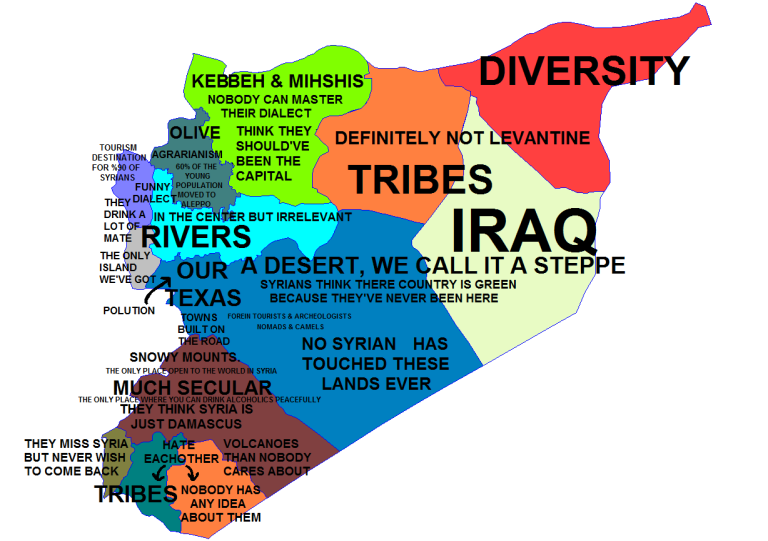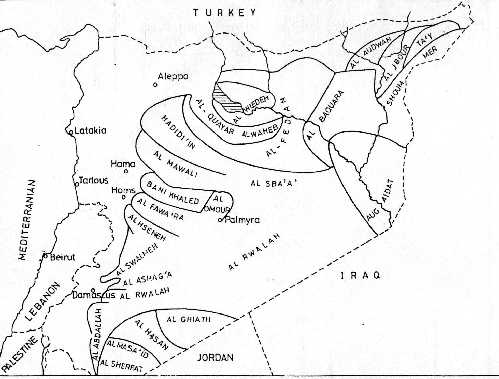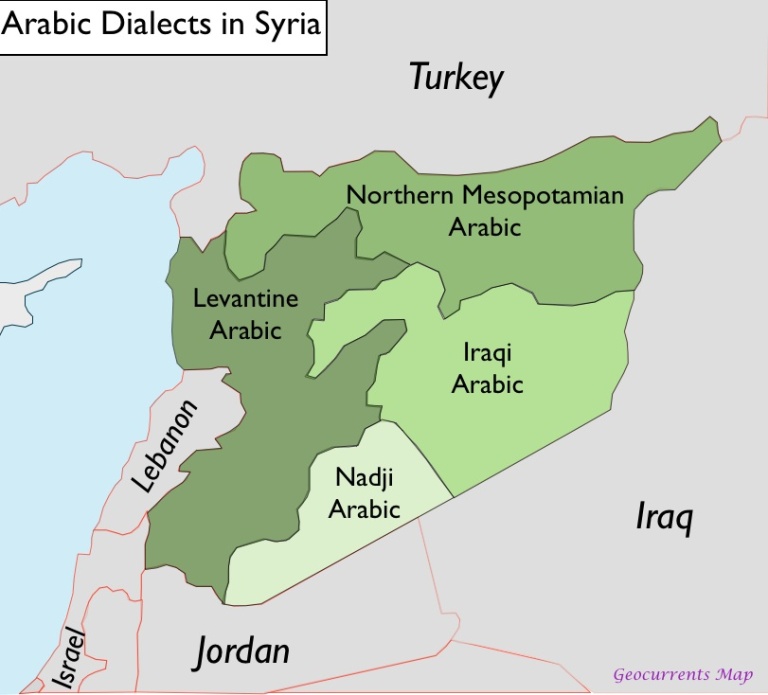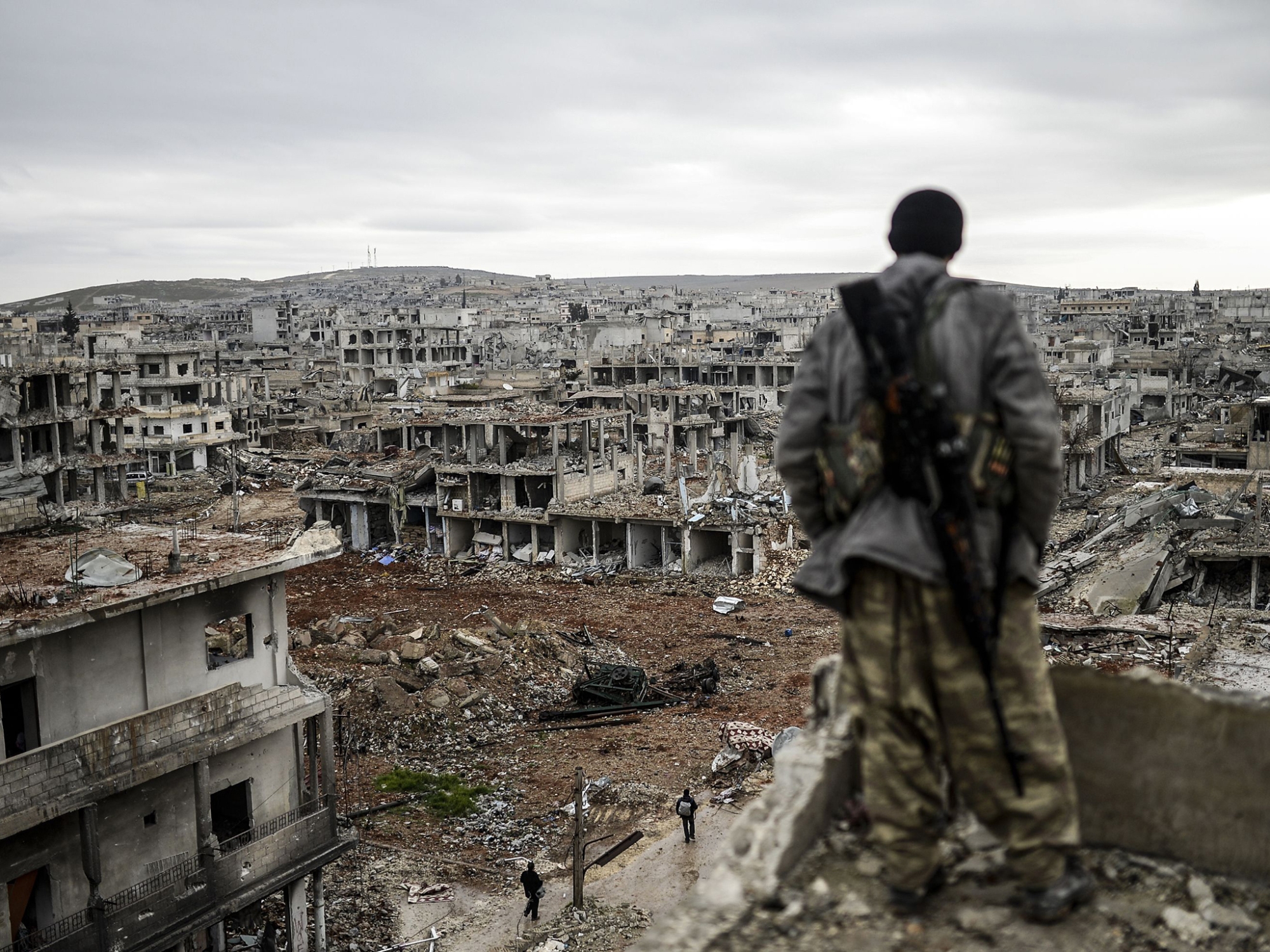Even last week, as I went about analyzing the Russian and American motives behind the most recent go at peace in the Syria civil war, I was hesitant to triumph success. I doubt many are shocked; maybe John Kerry is heartbroken, but certainly this wasn’t beyond the realm of expectations.
So while anybody paying attention is full of “I told you sos,” perhaps fewer say much more beyond the cliche that the Middle East is full of people who have hated one another since the Bible.
The truth it, folks out there have been hating one another a lot longer than that. And yet, such age-old conflicts are irrelevant at best, and worse, misleading. Of value now is using geopolitics as a way to both understand why the cease fire failed and as a way to break up some useless stereotypes.
So let’s begin with a few cliff notes.
- The Syrian civil war is not an ancient conflict that reaches back to the way-back-whens of antiquity; it’s super modern.
- Bashar al-Assad is most responsible for both the start of the civil war, its conduct, and the reason it keeps going. That’s not a moral evaluation, it’s because his regime has the most power on the ground in Syria.
- That being said, the civil war has shattered an already fragile nation into a bunch of micro-factions, which all make a lot more sense when you look at maps of Syria’s dialects, religions, and ethnicities.
- No foreign power alone can stop the war, because no one power has the ability, not even the United States.
- The solution is two fold: the Assad regime must be forced to a cease fire (operative word here is “forced”), while outside powers must reign in their factions simultaneously. Nothing else will work.
Stereotype number 1: They’ve always been killing one another, and they always will be.
Syria is a very ancient place: it’s a country so old that “Syria” isn’t even an Arabic word. The word first appears in Herodotus in the 5th century BCE, and seems to be a Greek take on the Assyrian civilization that once upon a time did rule the region.
So yes, it’s had plenty of wars. The first military conflict for which we have a full account is the battle of Kadesh, which took place between the Hittites and Egypt around 1274 BCE. And that’s a good 3,000 years ago. But it’s wrong to say the past 3,000 years have been war-ridden bloodbaths and this is just the latest iteration of it. That’s like saying that San Francisco is an earthquake apocalypse just because it seems to have a big one every few decades.
In reality, this conflict is hyper-modern. It has its roots in the 1920s and 30s, when the French promoted the minority Shi’a Alawites to high positions in their colonial government. That was a neat imperial trick: promoting minorities tending to result in loyal elites, because those elites knew they could lose their positions without the protection of the imperialists. So the Alawites got jumped up in society, which in and of itself wasn’t a huge deal.
What was a huge deal is that the Arab world got engulfed in the very modern ideological struggles then consuming most of the planet’s energy. Two big poles – the Americans and the Soviets – tried to pull as many Arabs into their orbits as they could. They pulled really hard on Syria, Iraq, and Egypt, all of whom were up for grabs in the 1950s.
But if you’ve ever had two domineering relationships with people who hate one another at same time, sometimes you realize you’re better off without either. Indigenous ideologies emerged to counter Soviet and American influence, most especially Arab nationalism and political Islam.
Both are basically European ideas given Middle Eastern garb: nationalism is a European invention, while political Islam is just nationalism without the nation. Both claimed to have all the answers for the modern age. Both didn’t.
The long and the short of the Cold War Middle East is that the Israelis ended up aligning with the Americans and the Egyptians, Syrians, and Lebanese ended up in the Soviet camp. This is why Russia cares about Syria today: their relationship goes back to the much bigger Cold War, when the USSR hoped to use Syria as a springboard to dominate the whole Middle East and outflank U.S.-allied Turkey.
As the Arabs and Israelis fought repeated wars, only Syria’s Arab nationalism, under Ba’athism and dominated by the military elite of Alawites, survived the repeated defeats.
But it wasn’t totally unchallenged. As Hafez al-Assad, Bashar al-Assad’s dad, took power and build a political system that was coup proof, political Islamists in Syria began to mumble that they could run the show much better if given a shot. Hafez wasn’t interested; believing (rightly) that Syria was too unstable for multi-party politics, he banned the biggest political Islamist movement, the Muslim Brotherhood.
They didn’t take kindly to that; they launched a rising in Hama in 1982. Hafez responded by shelling the city and killing as many Muslim Brothers as he had to. In the pre-Facebook era, it was done well under the international media’s radar.
When the Soviet Union fell, it left the Hafez regime without a major sponsor but with a still humming along coup-proof government. Terrified of a democracy that would doubtless oust the regime (and probably prosecute it), and fully aware that they were more on their own than ever, the Hafez regime muddled its way into the 21st century, when Hafez died in 2000, leaving power to his son.
Bashar very briefly tried out a Damascus Spring, but didn’t like how often conversations kept ending up with him out of power and probably in jail. It was pretty clear he’d made up his mind about democracy by late 2000.
When the Arab Spring in Syria began in March 2011, Bashar hoped he could give a few, meaningless concessions and quell the protests. He ended martial law, in place since the 1960s. Then he rambled on about conspiracy. And then, when people still didn’t go home, he ordered them all shot.
Not much in there about refighting the Battle of Kadesh, is there?
Which leads us to stereotype number 2: everyone but Bashar al-Assad is responsible.
This one is truly amazing: it requires you to believe that everyone but the Syrian government that began shooting into crowds repeatedly in 2011-12 is the cause of the civil war.
The list of perpetrators is long: the Persian Gulf Arabs, headed by Saudi Arabia, sought a pipeline through Syria, which Assad thwarted. This then meant they sponsored an uprising against Assad. The pipeline deal is real, and it really did fall apart, but just because Qatar was upset doesn’t mean Qatar had the power to create a rebellion from nothing. As we’ve seen, this conflict began in the struggle between Arab nationalism and political Islam all the way back in the 1950s.
That the Gulf states had cause to stoke the fires is certain; so too did Iran, the United States, Turkey, and Russia. That so many forces have used Syria as a proxy battleground has muddled one central truth: there would be no civil war, or at least not as severe of one, had Bashar al-Assad fled in spring 2011. Had he handed power to a deputy, to a transitional government empowered to run elections, even shoddy ones, the social impetus for a civil war would have been much, much weaker.
That’s because the regime of Bashar al-Assad was and is the only organized, disciplined force capable of bringing about peace or civil war. It is still the biggest faction, the best armed one, and the only one able to hold big cities. While Assad can’t conquer all of Syria anymore, neither can any one of his foes. More importantly, only Assad can hold Damascus; no other rebel force seems able.
This isn’t a moral judgement per se, though of course that underlines it. Really, it’s the fact on the ground. Assad leads the only faction with an army with a large mechanized force; besides the Russians, he’s the only one with an air force. There’s still even a Syrian navy. When it boils down to the power to harm, nobody comes close to the Assad regime.
Yes, outside powers would have meddled, but if they’d tried to incite violence after Assad fled, they’d have found far fewer takers as an election loomed. It’s possible that, like Libya, factions still wouldn’t have gotten along, and a civil war would have resulted anyway. (Given the next series of map, that actually seems quite probable). But just because the outcome might well have been the same doesn’t mean that suddenly Bashar al-Assad is victim. Assad ordered his men to shoot protesters. That began the civil war. The other narratives aim only to cover that up.
Stereotype number 3: Syria is just a mess.
If you’re feeling lazy about the descriptions of the war, you can go ahead and write it off as a “mess.” But Syria makes sense in the way you and your home country make sense. Below is a Reddit-generated pre-war stereotype map of Syria, as thought of by Damascus-based Syrians. Like a stereotype map of your country, it’s only partially accurate, yet revealing.

We can overlay this map with yet another one: tribal composition of the country, which throws yet more divisions at us.

Then we can toss in the ethic and religious map:

Then there are the Syriac dialects at play. While its all mutually intelligible, Americans know full well that part of what makes the South so different is its dialect; Britons know the North feels so foreign for much the same reason. Virtually everyone has some dialect that is the Other – and Syria has 4.

All three of these reveal serious divisions. Only the stereotype map is mostly harmless, but that it labels the far west as “Iraq” is revealing: to Syrians of Damascus, they have as much in common with the far west, now Islamic State territory, as they do with Iraq itself, where IS began.
All of this makes a huge amount of sense to locals, but is hard to break down to people not from there. Of course, you try explaining your community to foreigners, who all think your community is just a series of suicide bombers waiting to go off. That’s a long conversation.
Stereotype number 5: if only the Americans, Russians, or both, would just step off, the war would end.
This stereotype overplays the power of the Americans and Russians and underplays the agency of Syrians themselves. The fact of the matter is, political Islamists in Syria want to take power, and have the opportunity to do so. They’ll fight as long as they can retain territory and keep arms. The regime, for its part, will not compromise with anyone. It has already killed most of the liberal democrats willing to resist, so now it’s trying to bleed out the Islamists. It will not stop its war simply because the Russians say so.
The Islamist factions, while certainly armed from the outside, are not controllable by any foreign force. If they were, they wouldn’t have broken up the Free Syrian Army, which would have given them access to American kit and support. Because Islamists despise Western influence, they turned on the FSA and have rendered it moot. This is despite generous Gulf Arab help, who also wanted to keep the FSA as the main anti-Assad force. It almost goes without saying that American influence on the Islamists is nil; its standing with the Kurds is better, but Kurdish forces aren’t really able to move outside of Kurdish territory.
Assad, for his part, has repeatedly refused to play by Russian rules. The recent bombing of an aid convoy outside Aleppo demonstrates this: it seems super unlikely that Russia would risk destroying an aid convoy after hammering out a cease fire with Washington. That was the Assadists trying to cut yet more supplies from Aleppo; as they seek to annihilate their foes, that makes a lot of sense, Kremlin displeasure be damned.
In other words, this is a local war, which foreign powers have heated up for their own ends. It started local; it can only end local.
Which leads to the final conclusion: peace is only possible if everyone gives up something.
Assad must give up large chunks of Syria, and quite probably his power; if he won’t go willingly, he must be made to, as Slobodan Milosevic was in the 1990s during the Yugoslav Wars. But that alone won’t bring peace, because the Islamists, flush with cash, would doubtless go on a killing spree.
So they too much be reigned in: first by cutting off their supplies, then by destroying the factions that refuse peace. Some Islamists will be allowed fiefs; these will make up the ground forces who will destroy the refuseniks. With both Russian and American airpower, they will succeed in any given battle.
Which also means that Russia must give up Assad, while America must give up democracy (and the influence it would gain) in Syria. Both are bitter pills to swallow; both will have to be swallowed. Russia will doubtless end up being the dominant power in Syria, but that won’t be saying much; Moscow won’t be springing for reconstruction funds anytime soon. A post-Assad Russian ally will cling to the shores of the Mediterranean, but cling will certainly be the right word.
No one has the power to impose peace through force on their own, not even the superpower. No one particularly wants to, either. They can squabble another five years and depopulate Syria that much more, or they can accept the geopolitical reality of Syria and find solutions now. The outcome will be broadly similar, just with move graves underneath it.
